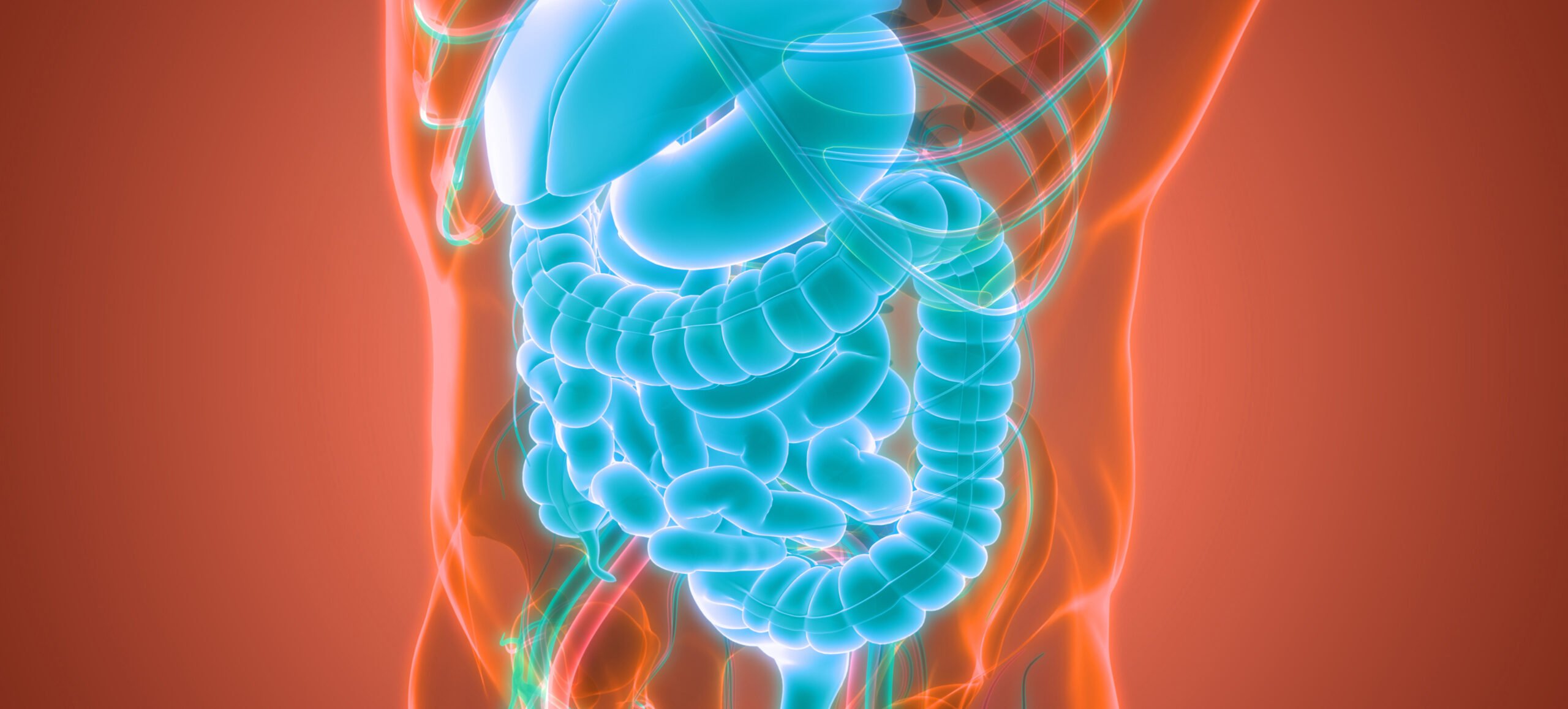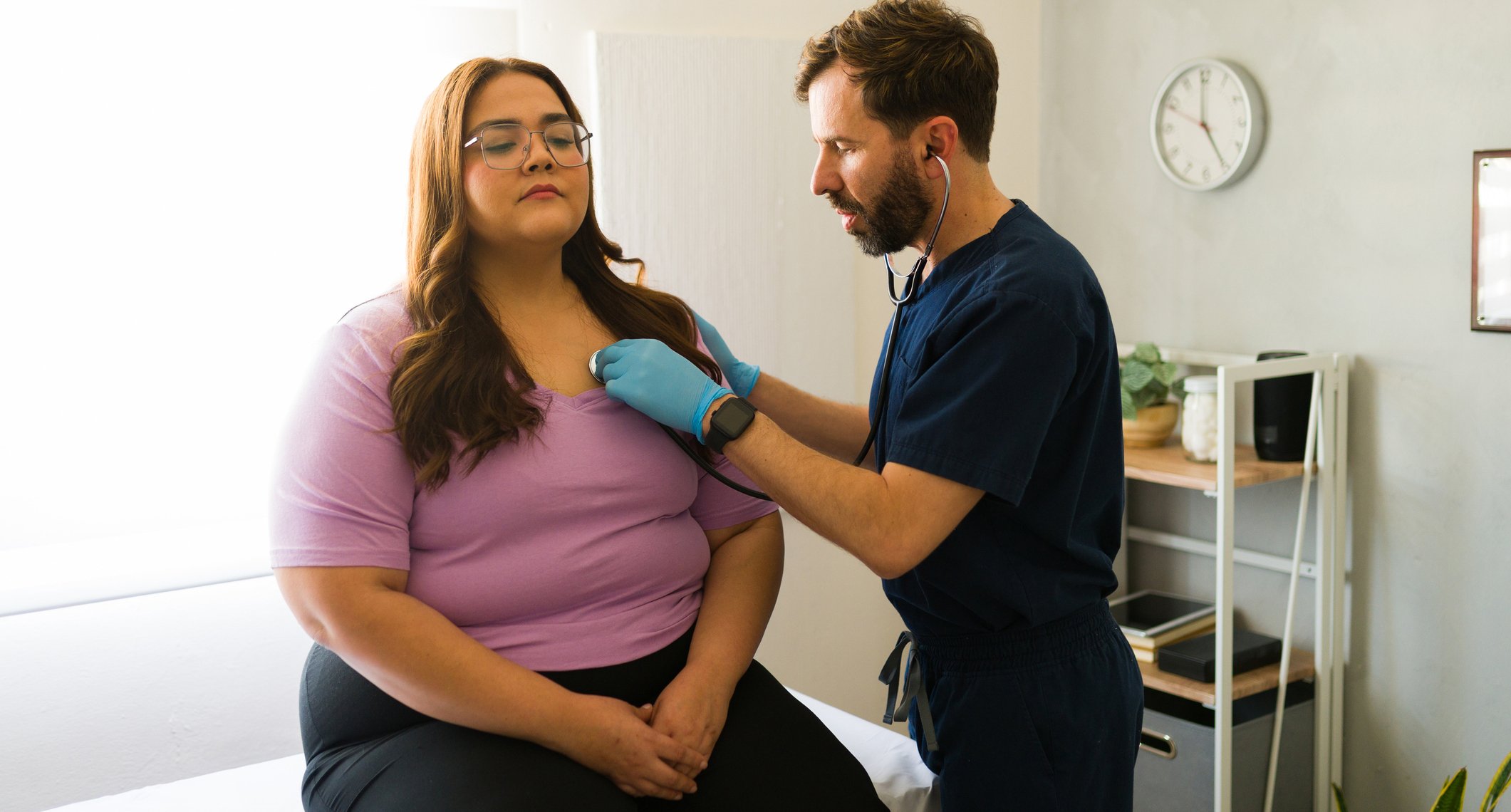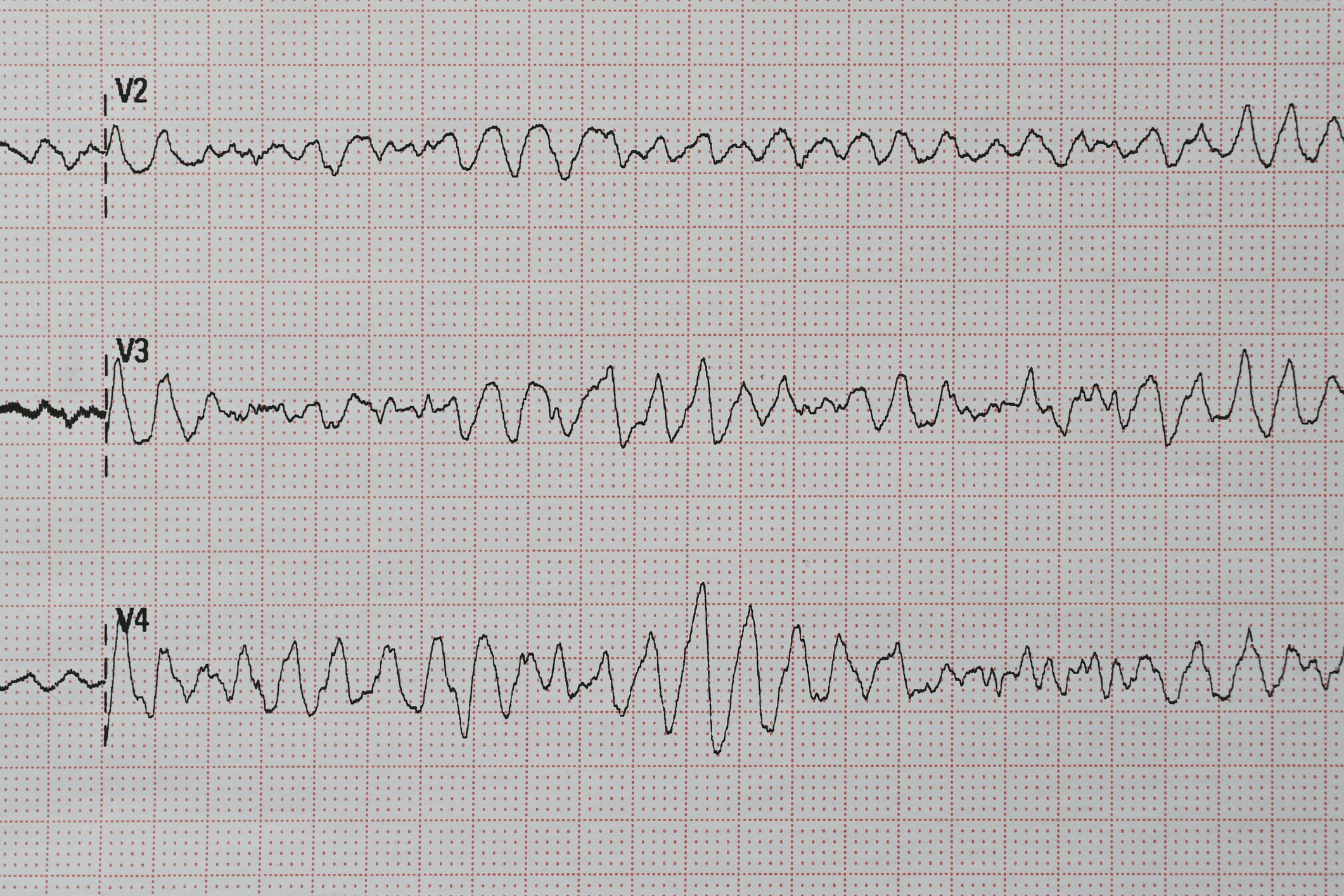The ESC issued new recommendations on the diagnosis and management of acute pulmonary embolism toward the end of last year [1]. The most relevant innovations compared with the 2008 version concern risk stratification and the adequate therapy based on it as well as diagnostic and treatment strategies in chronic thromboembolic pulmonary hypertension.
Common in practice but underdiagnosed are pulmonary embolism patients at intermediate risk of mortality. They are hemodynamically stable, showing neither cardiogenic shock nor persistent arterial hypotension, but have right ventricular dysfunction on echocardiography and elevation of the biomarker troponin. According to the new guidelines, these patients require close monitoring – but routine reperfusion by primary systemic thrombolysis is not recommended. Rather, this is an option that must be examined on an individual basis. If immediate lysis therapy is decided against, close monitoring should detect hemodynamic decompensation as early as possible and address it with salvage reperfusion therapy.
Stabilization, but no improvement in terms of mortality
The recommendation is based on a randomized double-blinded trial (PEITHO) [2]. In this study, the fibrinolytic tenecteplase plus heparin was compared with placebo plus heparin in 1005 pulmonary embolism patients at intermediate risk (right heart strain and positive troponin test). Fibrinolysis effectively prevented hemodynamic decompensation but did not provide a significant gain in terms of mortality. The risk of major bleeding and stroke (mainly hemorrhagic) increased significantly with therapy for these. The associated figures are summarized in Table 1 .

Chronic thromboembolic pulmonary hypertension – how to proceed?
The problem of chronic thromboembolic pulmonary hypertension (CTEPH) is also discussed in detail in the new guideline. Current data suggest that CTEPH appears to be primarily a possible long-term consequence of pulmonary embolism. In this process, emboli that are not completely resolved transform into fibrotic scar tissue in the arteries, and this tissue cannot be resolved by anticoagulation.
The cumulative incidence varies widely from 0.1 to 9.1% within the first two years after symptomatic pulmonary embolism. The number of unreported cases is probably much higher. The (early) diagnosis of CTEPH remains a challenge. If there is a clinical suspicion (persistent dyspnea) after at least three months of effective anticoagulation, an echocardiogram is performed first, followed by a ventilation perfusion scintigram, according to ESC guidelines. CT angiography is considered insufficient because an angio-CT found to be unremarkable does not exclude the disease with certainty. If the scintigram is negative, CTEPH can be ruled out. If at least 1-2 segmental or larger defects are found, the definitive diagnosis should be made with right heart catheterization and pulmonary angiography (if necessary, even if the scintigram was not conclusive). These examinations are also used for therapy planning.
If the diagnosed CTEPH is operable according to multidisciplinary expert assessment, pulmonary endarterectomy is recommended. This is done with the use of the heart-lung machine and is very complex, as the thrombotic material in the pulmonary artery is peeled out of the interior of the vessel. For definitely inoperable patients, riociguat is now available – however, this option should only be considered after a second expert team/center has confirmed inoperability. Riociguat is also an option for persistent or recurrent forms of CTEPH after surgery has been performed.
Figures 1 and 2 show in slightly abbreviated form the diagnostic and therapeutic algorithm for CTEPH.

Literature:
- Konstantinides S, et al: 2014 ESC Guidelines on the diagnosis and management of acute pulmonary embolism. European Heart Journal 2014; 35: 3033-3080.
- Meyer G, et al: Fibrinolysis for Patients with Intermediate-Risk Pulmonary Embolism. N Engl J Med 2014; 370: 1402-1411.
CARDIOVASC 2015; 14(3): 26-27











